On the morning of October 7, the Ministry of Education and Training held a conference to review the implementation of Decision No. 78/QD-TTg of the Prime Minister approving the Program "Developing the system of quality assurance and accreditation of education for universities and pedagogical colleges in the period 2022 - 2030". Deputy Minister of Education and Training Nguyen Van Phuc chaired the conference.
The conference was organized in both in-person and online formats with about 2,400 participants at 411 university education facilities and 6 education quality assessment centers.
Transformation in both perception and action
Reporting on the implementation results of Decision No. 78/QD-TTg, Mr. Huynh Van Chuong, Director of the Department of Quality Management (Ministry of Education and Training) said: In the period of 2022-2025, the system of quality assurance and accreditation of higher education in Vietnam has had clear changes in both awareness and action.
According to the synthesis of survey results from 177 higher education institutions and preliminary assessment results for 5/7 domestic education quality assessment organizations, 170/177 higher education institutions have established specialized units or departments in charge of quality assurance work, accounting for 96.3%.
This is an important indicator in Decision 78/QD-TTg. The figure of 96.3% shows a remarkable effort in building an internal quality assurance system (IQA) - an important pillar of modern governance as required in Resolution No. 71-NQ/TW.
There are 2,637 accredited training programs (1,941 accredited training programs according to domestic standards and 696 accredited training programs according to foreign standards); reaching a rate of 52.1% compared to 5,007 university majors; 38.4% compared to 6,792 undergraduate and master's majors).
This result shows that the system is exceeding the medium-term target according to Decision 78 (35% of training programs are accredited for quality, of which 10% of training programs are accredited for educational quality according to international standards); at the same time, it is the basis for implementing the requirements in Resolution 281/NQ-CP on promoting stratification and ranking of higher education institutions in terms of accreditation results and quality criteria.
Regarding quality accreditation organizations, 100% of the units that are due have been periodically assessed by the Ministry of Education and Training according to Circular 13/2023/TT-BGDDT; at least 60% of the organizations have participated in the international QA network or established cooperation. These are clear steps to meet the requirements of expanding accreditation according to international standards, contributing to concretizing the content of international integration in higher education stated in Resolution No. 57-NQ/TW and Resolution No. 71-NQ/TW.
Regarding strengths, according to Mr. Nguyen Van Chuong, the awareness of higher education institutions about the role of quality assurance and quality accreditation has changed significantly, demonstrated through proactive self-assessment, improvement of internal processes and participation in accreditation at many levels.
The legal framework is increasingly complete and synchronous, with the promulgation of legal documents (on: accreditors; monitoring and evaluation of educational quality accreditation organizations; public disclosure of educational institutions in the national education system; accreditation of training programs; accreditation of educational institutions; university education institution standards; training program standards; regulations on enrollment, training cooperation, etc.). Along with that, technical guidelines are promulgated to help standardize quality assurance and accreditation activities throughout the system.
The quantity and quality of the inspection team are improved through training programs, standardization and upgrading towards international integration.
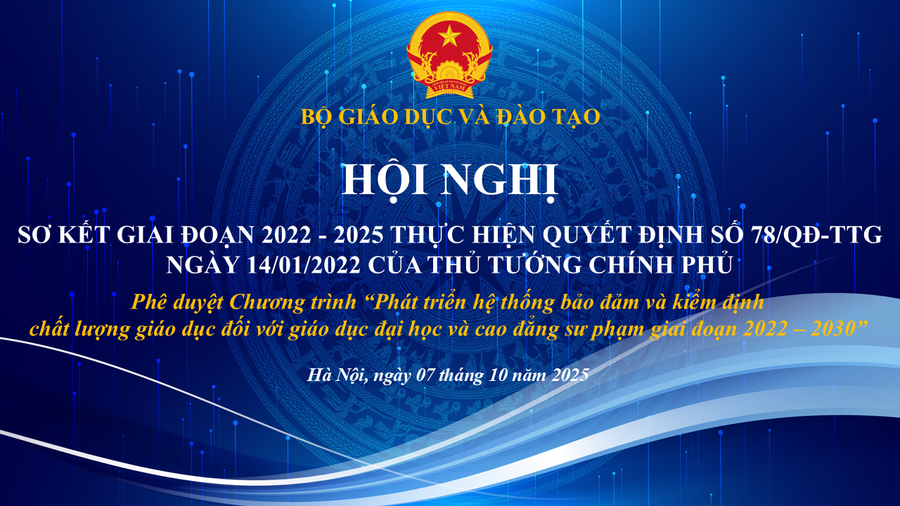
Classification of higher education institutions according to the level of development to ensure quality
Regarding weaknesses, the internal quality assurance system at many higher education institutions still lacks consistency, focuses on formality, does not operate according to the full PDCA cycle and is not closely linked to improving training programs and administration.
Quality culture has not been formed sustainably in many establishments, due to lack of long-term strategic investment and lack of dissemination from leadership to implementation levels.
Quality inspection results, although achieved, have not been exploited as a real management tool in many places, but only stop at the level of meeting administrative procedure requirements.
In the context of Vietnamese higher education entering a period of profound transformation as required by Resolution 71-NQ/TW, Resolution 57-NQ/TW, Resolution 281/NQ-CP and the draft revised Law on Higher Education, Mr. Huynh Van Chuong said that the following tasks are essential conditions to realize the goal of fundamental and comprehensive innovation, with quality assurance and accreditation being the core foundation of the modern university governance model:
Firstly , for state management agencies: Develop a mechanism to classify higher education institutions according to the level of development in quality assurance based on the internal quality assurance system and the results of the assessment. On that basis, propose appropriate technical support policies, conditional investment and supervision, ensuring the principle of stratification and synchronous development of the system.
Enhance the role of the Department of Quality Management in coordinating and monitoring the quality assurance system. Establish a national quality assurance data analysis center, connected to HEMIS, SAHEP and inspection systems, serving real-time quality monitoring and supporting data-based policy decisions.
Review and adjust legal documents to incorporate quality assurance requirements as indirect conditions in industry opening, investment, stratification, ranking and autonomy.
Propose a conditional public investment mechanism, prioritizing support for unaccredited schools and new accreditation organizations, and encouraging strong schools to participate in international accreditation. Pilot a group accreditation model in order to promote interdisciplinary standardization, save costs, and enhance mutual learning between training programs.
Second , for higher education institutions:
For groups of unaccredited higher education institutions: Establish a specialized unit to ensure quality, develop a self-assessment process, and prepare supporting documents.
For the audited group: Complete the internal quality assurance system, digitize the quality assurance process, build a quality monitoring dashboard and demonstrate improvements.
With a group of outstanding capabilities in the system: Participate in international accreditation, transparently publish output data, and actively participate in academic rankings.
Higher education institutions need to standardize the capacity of internal quality assurance teams through regular training and development. Link quality assurance responsibilities to unit performance evaluation and accountability of leaders. Apply digital technology , AI and big data in operating internal quality assurance systems, increase the use of data in strategic decisions and academic improvement.
Third , for educational quality assessment organizations: Restructure the organization towards professionalism, streamlining, effective operation, ensuring professional independence, transparency and meeting international integration requirements.
Every organization needs to have a medium and long-term strategy to develop organizational, technological and human resources capacity. Strengthen institutional and professional capacity, ensure compliance with current regulations and gradually approach international standards. Establish an internal quality management system, publicize processes, results and recommendations for improvement.
Develop a team of auditors with specialized training fields, digital skills, innovation consulting capacity and cross-cultural assessment capabilities. Participate in international networks and establish mutual recognition agreements with regional and global QA organizations.
By 2030, over 50% of domestic accreditation organizations will have achieved at least one international mutual recognition agreement (MRA). Innovate external assessment methods by using empirical data, digitizing the assessment process and increasing objectivity and transparency.
The content of the report on the results of the 2022-2025 period implementing Decision No. 78/QD-TTg is based on reports of 177 higher education institutions, 12 pedagogical colleges and 7 domestic quality assessment organizations in the 2022-2025 period.
The data used in the report is taken from the data synthesis source of educational institutions and accreditation organizations sent to the Ministry of Education and Training through the Department of Quality Management; the database of accreditors, the public list of training programs, educational institutions and information on training sector statistics of the Ministry of Education and Training.
Source: https://giaoducthoidai.vn/giai-phap-quan-tri-dai-hoc-hien-dai-voi-bao-dam-va-kiem-dinh-chat-luong-post751445.html








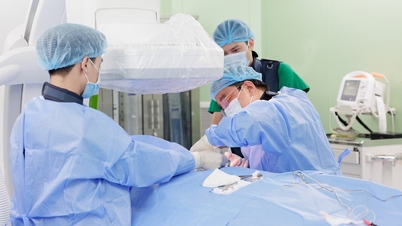



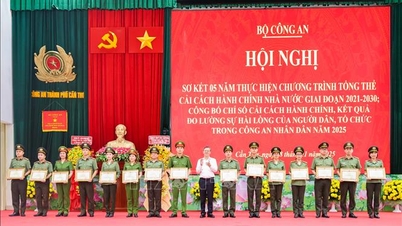


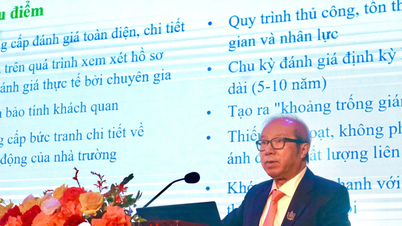
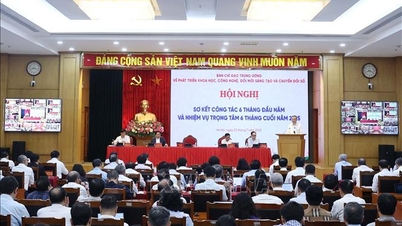
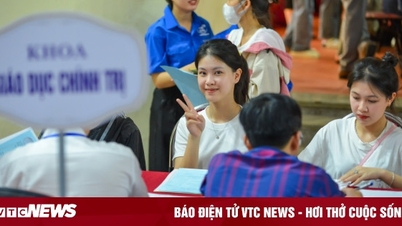

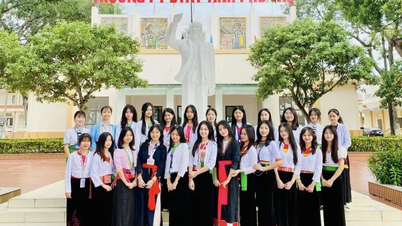
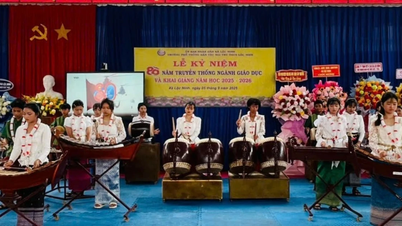
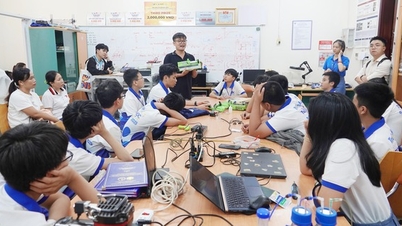

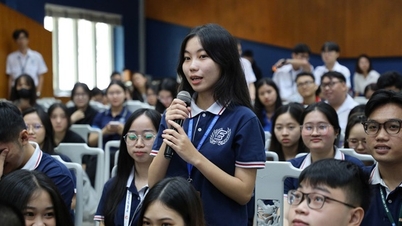
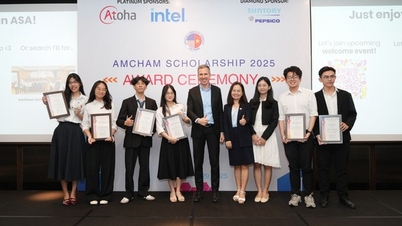





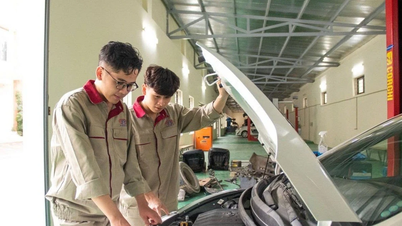
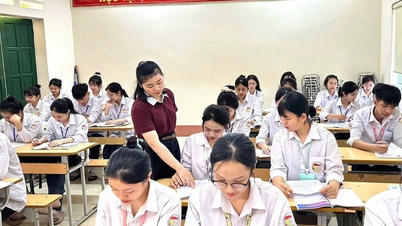


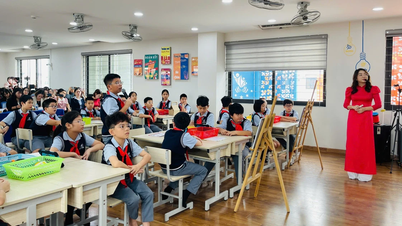







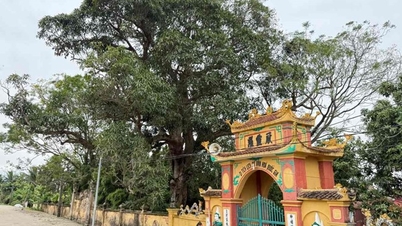



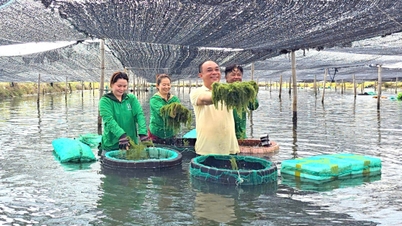



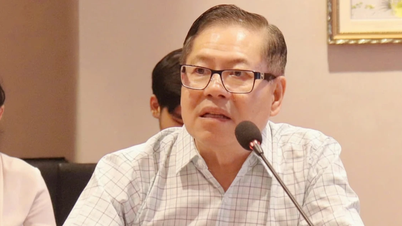

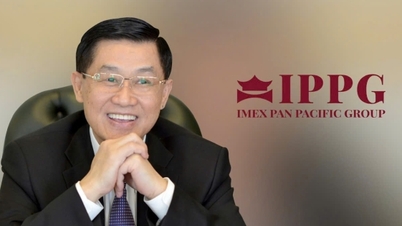


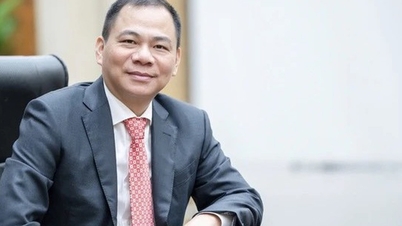






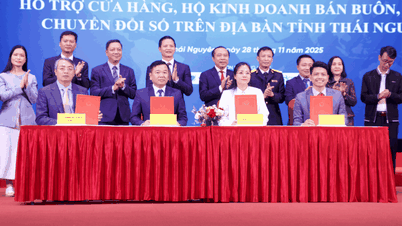








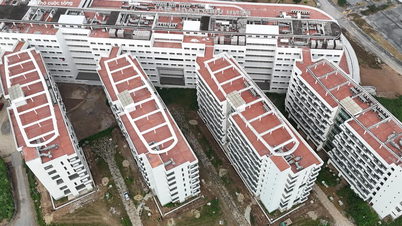

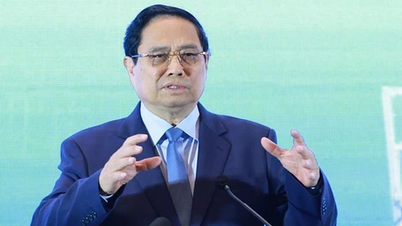


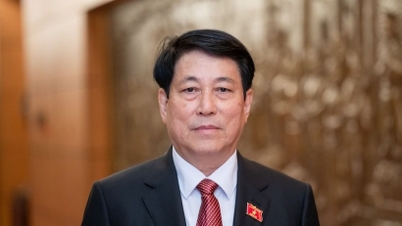


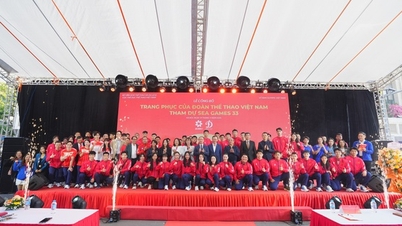

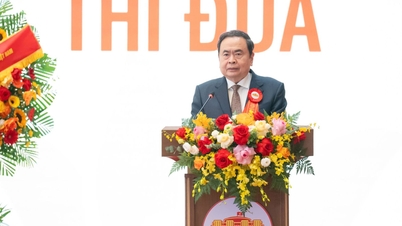


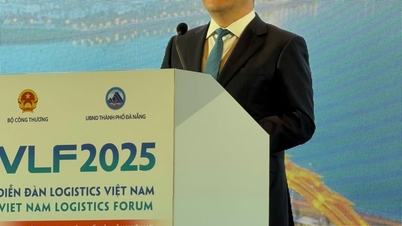
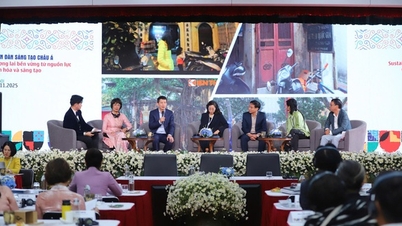
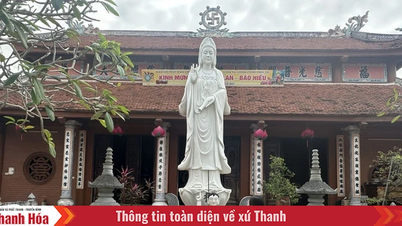

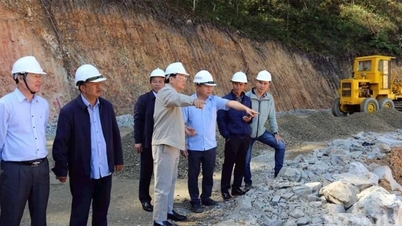

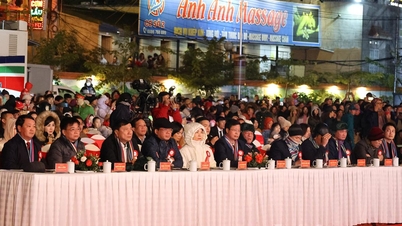


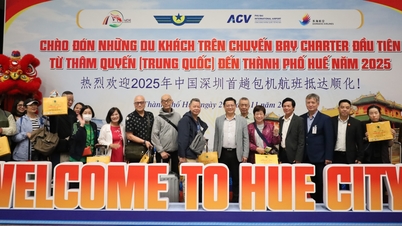










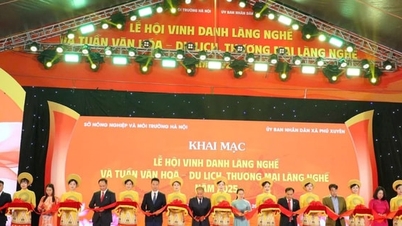

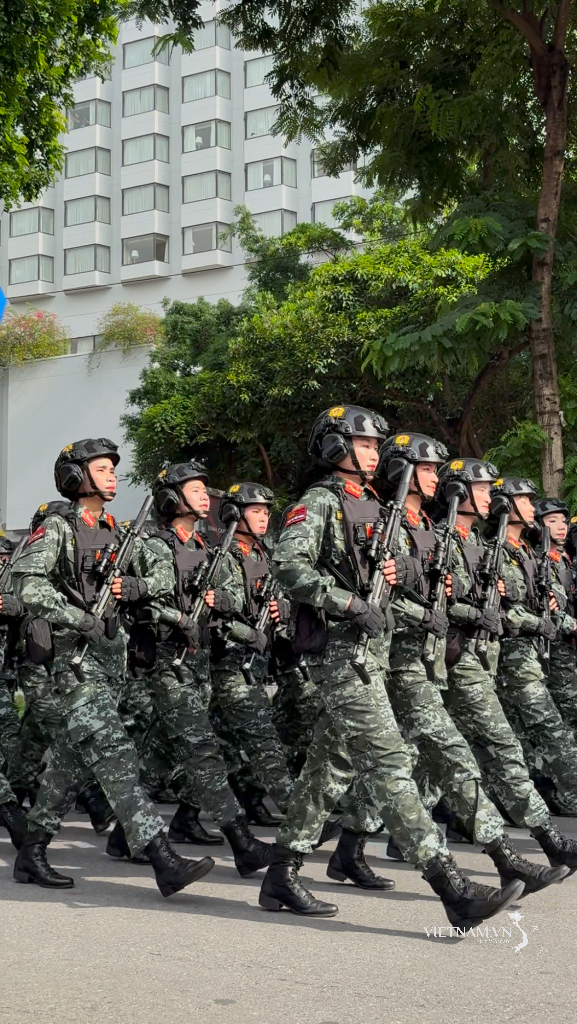



Comment (0)